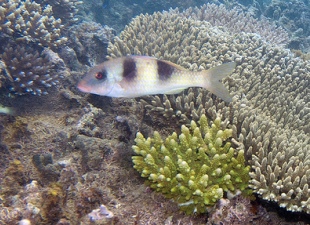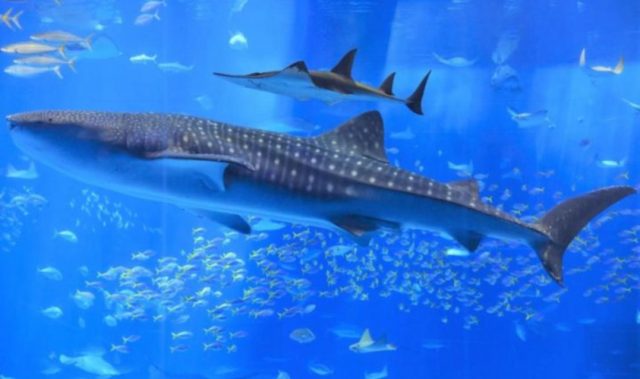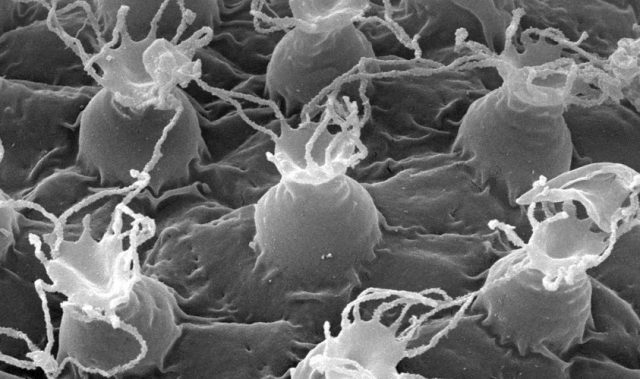
AsianScientist (Sep. 28, 2016) – A newly-discovered protein can protect the DNA of human cells from otherwise lethal amounts of radiation damage, aaccording to a Japanese study. Their findings were published in Nature Communications.
Tardigrades, also known as water bears, are eight-legged, segmented micro-animals that can survive through incredible physical extremes. The creatures can withstand temperatures of up to 100°C and absolute zero at -273°C, the vacuum of outer space. The same applies for extremely high pressures and intense radiation.
In a study led by co-corresponding author Assistant Professor Takekazu Kunieda of the University of Tokyo, the researchers sequenced the genome of Ramazzottius varieornatus, one of the most stress-tolerant tardigrade species out there. R. varieornatus is also known to survive exposure to high doses of radiation.
“While researchers have long been fascinated by their resilience, we still don’t really know how it’s possible,” said Kunieda. “We need to find the molecules that allow tardigrades to tolerate such conditions.”
The research team discovered that a protein helped the marine animals protect their DNA when irradiated. When human cells in a culture were given the ability to express the protein, which they named Damage Suppressor (Dsup), the cells showed approximately half the DNA damage when exposed to X-ray radiation. Surprisingly, the cultured cells that could create Dsup were still capable of reproducing.
“What’s astonishing is that previously, molecules that repair damaged DNA were thought to be important for tolerating radiation. On the contrary, Dsup works to minimize the harm inflicted on the DNA,” said co-first author Takuma Hashimoto, a project researcher at the University of Tokyo’s Graduate School of Science, who performed the tolerance experiments.
The scientists believe that the tardigrade genome sequence is a treasure trove of other Dsup-like proteins, and that more of these molecules that increase the creature’s resilience could be found in future research.
The article can be found at: Hashimoto et al. (2016) Extremotolerant Tardigrade Genome and Improved Radiotolerance of Human Cultured Cells by Tardigrade-unique Protein.
———
Source: University of Tokyo.
Disclaimer: This article does not necessarily reflect the views of AsianScientist or its staff.












